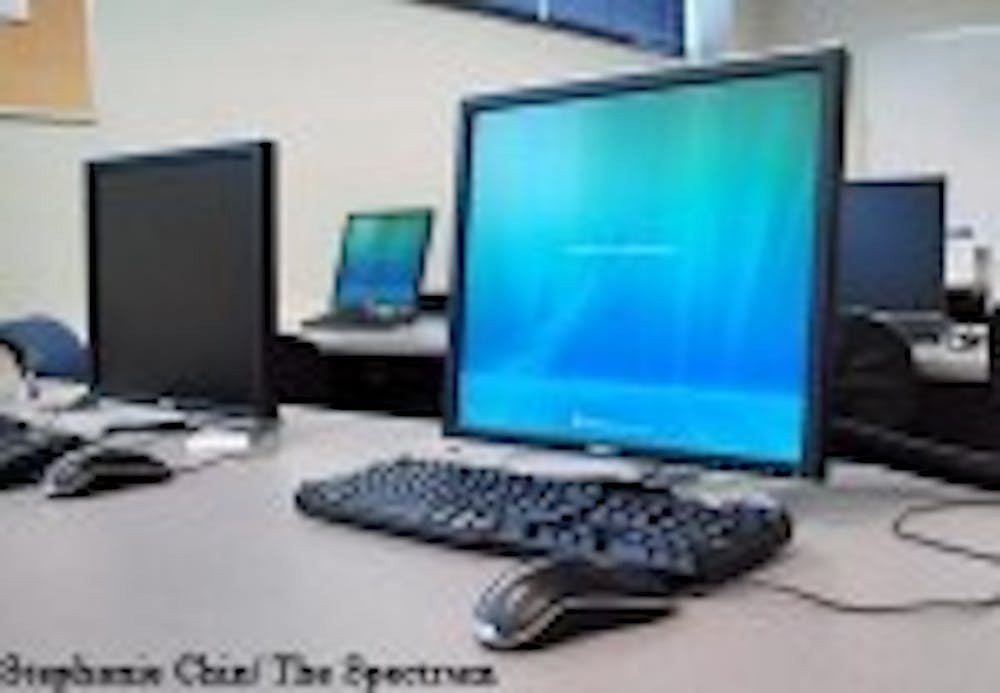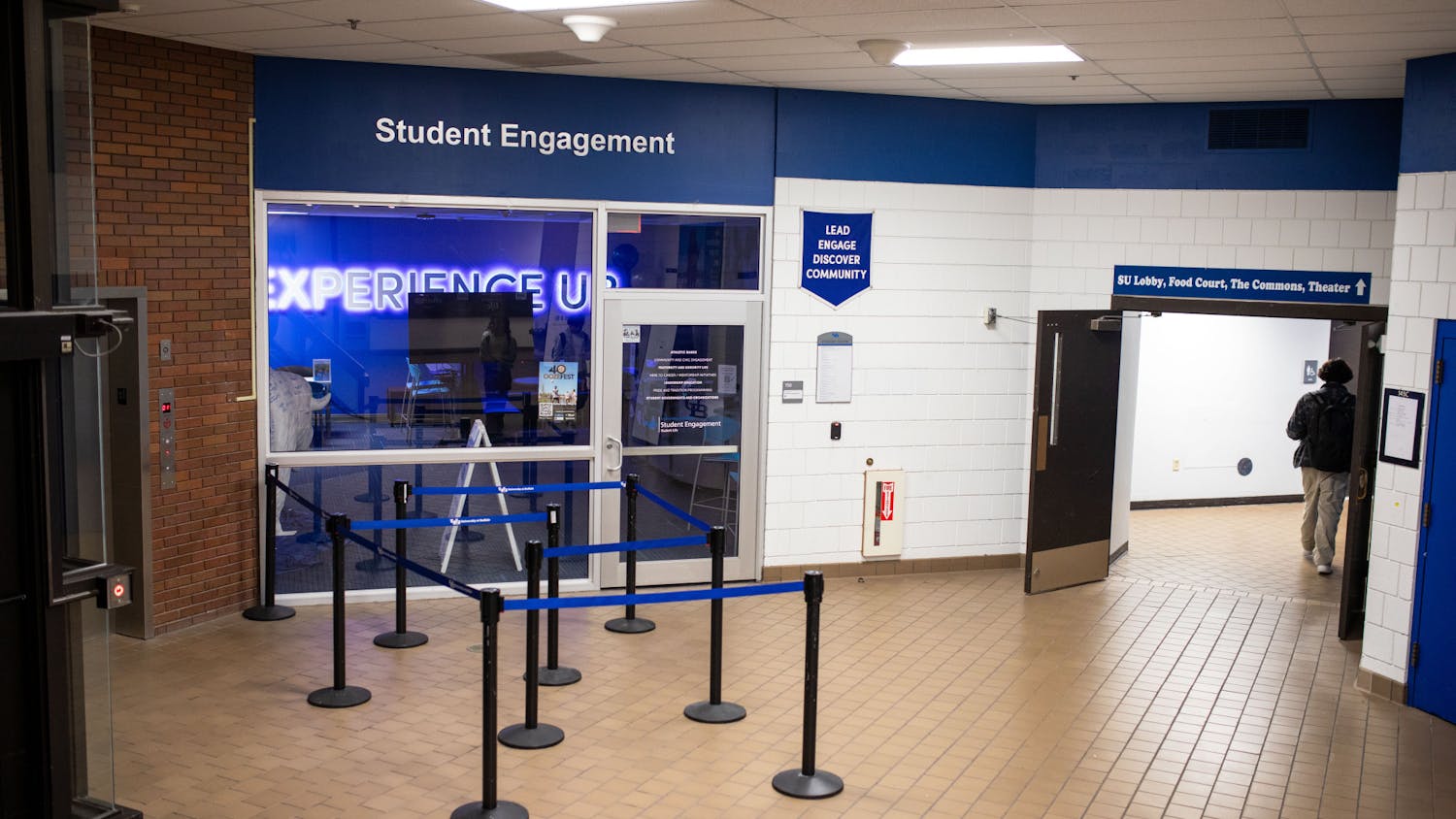When you don't use a UB computer, you're helping fight cancer and AIDS, developing new drugs and genetically engineering hardier strains of rice.
Sound impossible? It's true.
In fact, saving the world has never been easier.
The university's computers run a program when they're idle called the World Community Grid, which runs computations for a number of research projects.
This project has been in the works for over a year and was only recently implemented.
David Murray, an adjunct associate professor of management science and systems in UB's School of Management, and Forrest Crawford, a graduate student studying anatomy and cell biology, came up with the idea of uploading the WCG onto UB's computers.
Murray had been running the WCG on his home computer for several years before he thought of creating the UB Computing Grid team.
According to Murray, scientific research takes an enormous amount of computing power, and many individual computers are faster and easier to use than one huge supercomputer.
'Each computer contributes a little piece,' Murray said. 'My team has contributed 16 years of computing power [toward projects] since last year.'
Murray realized that if his students could all join one team, it might be possible to link UB's computers and run the program on them as well.
Around the same time, Crawford, who didn't know Murray, had the same idea.
'I wanted to do something to help … that combined biomedical sciences and my hobby of computing,' Crawford said.
He contacted UB officials about putting the program on the school's computers. They put him in touch with Murray and the two formed a partnership.
They contacted IBM, which runs the WCG.
'With their help, I got in touch with Elias Eldayrie, UB's chief information officer. He assigned Matthew Stock, the IT coordinator at the Center for Excellence in Bioinformatics and Life Sciences, to the project … From there, we discussed the possibility of running the program on all computers that aren't in use,' Crawford said.
It wasn't an easy task to get the program up and running, according to Crawford.
'It took about 150 e-mails [and] a couple conference calls … It was not an easy process to find [out] who to get in touch with,' he said.
The team ran into some technical problems that almost derailed the project in its early stages. It had to find a way to hook the WCG up to Condor, the UB grid computer server.
'[The technical problems] included ensuring that the WCG software would not impact with the operation of computers in the public sites and how to submit and manage the WCG jobs,' said Steve Gallo, who led the Center for Computational Research team that worked to configure and install Condor. 'The server … controlled the applications that were run and also ran the WCG application.'
According to Gallo, the team resolved the issues and UB now has about 400 computers contributing time to WCG jobs when students aren't using them.
'We have provided roughly 230 days of completed project time to [five] WCG projects,' Gallo said.
These five projects are Nutritious Rice for the World, Help Conquer Cancer, Human Proteome Folding, Fight AIDS at Home and Discovering Dengue Drugs. Users can also choose to help find a cure for muscular dystrophy and develop an influenza antiviral drug.
'I hope that the partnership between UB and the WCG helps to have a positive impact on the various ills that plague humankind, and am glad that I could play a part in the process,' Crawford said.
The WCG program is free for anyone to download at the Web site, www.worldcommunitygrid.org, and any student can join Murray's UB Computing Grid team.
'It's very gratifying to have UB's computing resources support this important project,' Murray said. 'I encourage others to follow UB's example and contribute their own personal computing resources towards this effort.'
The program may run better on desktops because of the amount of power the computer needs to devote to the research, Murray said.
'You can do it on a laptop, but not unless it's plugged in. It will really drain battery life,' he said. 'You have to let it run for hours before it returns a result.'
Cell phones and handheld devices can't use the WCG, but there are configurations for Windows, Mac and Linux, so all computers can run the program. Users can set their preferences, including what projects to devote research time to, how much of the computer's power to use for the research and whether to run the program when the computer isn't idle.
E-mail: news@ubspectrum.com





